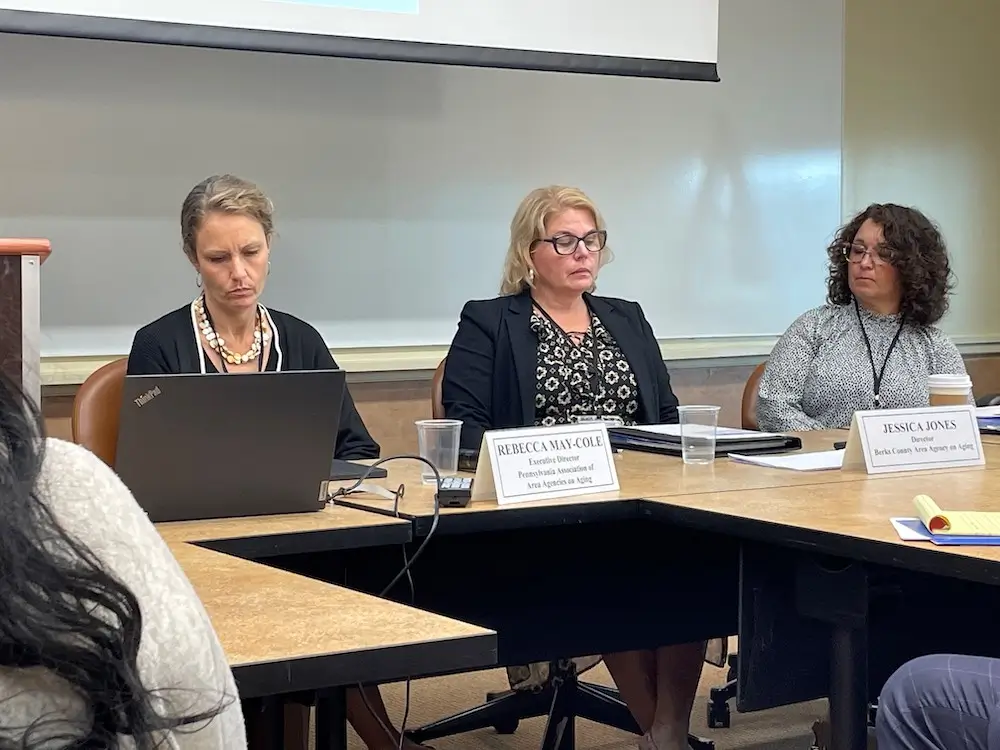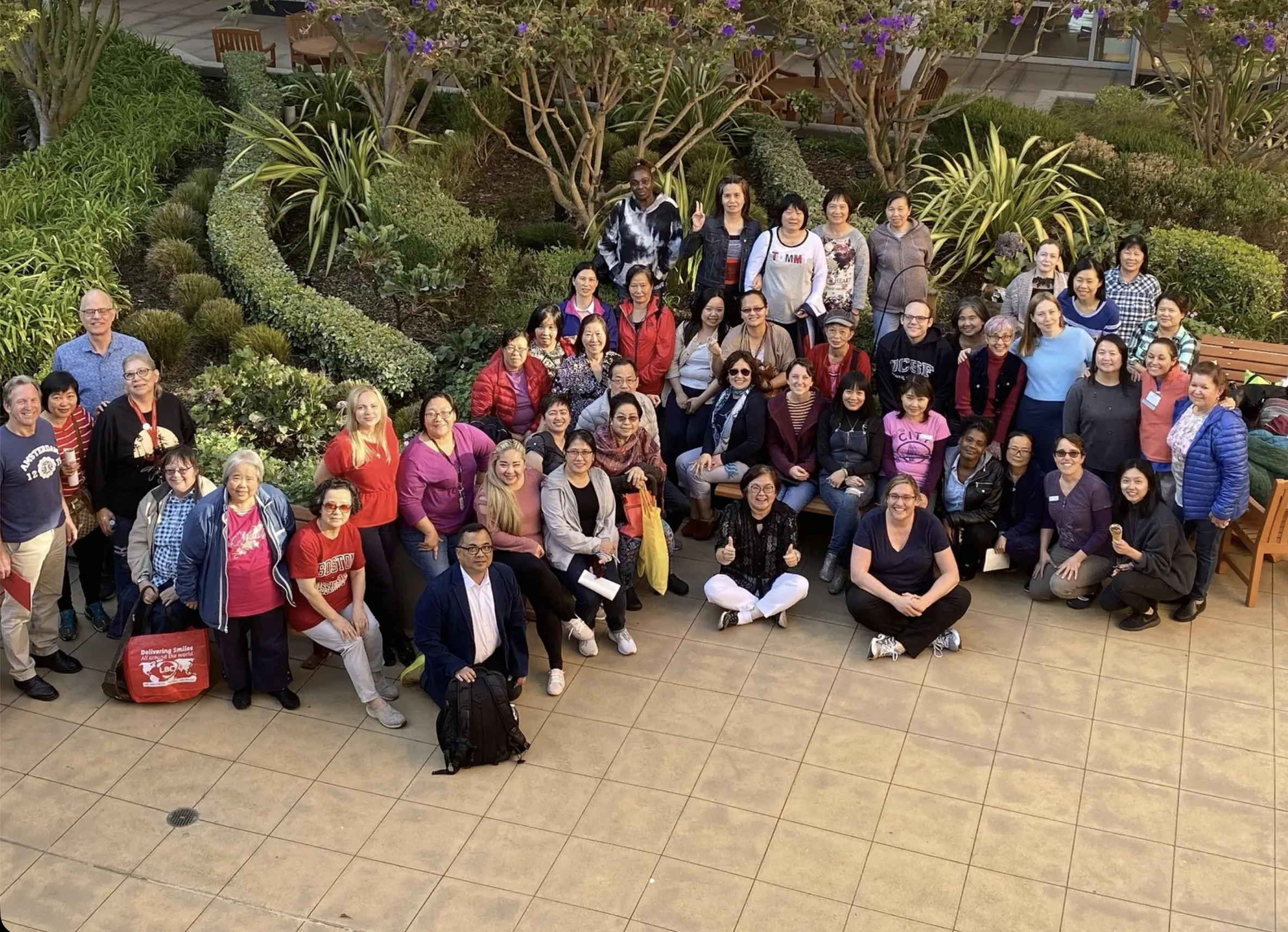
How the Pennsylvania Association of Area Agencies on Aging Integrated Strategy into the Fabric of Their Organization

Too often, organizations approach strategic planning as a one-and-done event, resulting in a static document destined to do little more than sit on a shelf. This doesn’t serve the organization and certainly doesn’t benefit the organization’s stakeholders. That’s why we take a different approach. We partner with clients to build their internal capacity for strategic thinking and doing, while weaving actionable approaches and practical processes directly into the fabric of their organization.
So, when P4A wanted to align their stakeholders around acting on the same strategic priorities, they wanted a partner to help them get everyone on the same page and moving in the same direction.
The Pennsylvania Association of Area Agencies on Aging (P4A) is a statewide network consisting of the 52 Area Agencies on Aging (AAAs) that provide services for Pennsylvanians aged 60 and over and their caregivers. P4A represents the best interests of older Pennsylvanians by fostering coordinated and collaborative efforts across the AAAs, including influencing policy, supporting network-wide strategies, and developing professional standards.
- Aligned a statewide multi-stakeholder network around a shared vision, shared goals, and strategic priorities that serve the collective interests of its members (Area Agencies on Aging) and the communities they serve.
- Made strategic decisions based on research-driven insights about market trends and health policy, internal strengths and challenges, and areas of opportunity.
- Built capacity for strategic action by helping P4A implement effective processes and establish a structure for near-term implementation and continuous improvement.
P4A hired Collaborative Consulting to increase the AAAs’ capacity to think strategically and act together as a coordinated network with shared priorities and interests.
The project focused on:
- Identifying network-wide strengths, challenges, opportunities, and strategies to enhance the network’s performance.
- Developing tools, processes, and infrastructure to integrate strategic thinking, planning, and acting into the ongoing operations of the network.
- Shifting from a collection of organizations operating in silos to a coordinated, state-wide network using shared strategies while remaining sensitive to the unique needs of the community each AAA serves.
We established a multistakeholder strategy team consisting of leaders from P4A and its AAA members. The strategy team determined key focus areas, guided the project, and tested strategic thinking and planning processes that the network could ultimately use on an ongoing basis.
We then conducted comprehensive internal network and external market assessments to inform the group’s strategic processes. We designed and administered a thorough evaluation of the AAA network looking at strengths, challenges, and opportunities related to organizational structure, services, revenue sources, and community partnerships. We captured perspectives, opinions, and experiences from AAAs and external stakeholders through a combination of qualitative interviews and a quantitative survey. In parallel, we conducted market research to analyze trends that could impact AAAs.
Based on these insights generated, we created a detailed profile of the P4A network and identified potential strategic priorities. This profile included an overview of the network’s current state, a vision for a thriving AAA network in Pennsylvania as perceived by stakeholders, and strategies to bridge the gap between its current and future states. To support ongoing strategic development, we helped P4A adopt new ways of working with their AAA members, establish a permanent Network Strategy Team, and hire new staff members to manage implementation.
As a result of our work together, P4A gained a better understanding of its AAA members, secured buy-in for a set of strategic priorities, selected an initial priority for implementation, and built the capacity to pursue that priority and drive continuous improvement.

